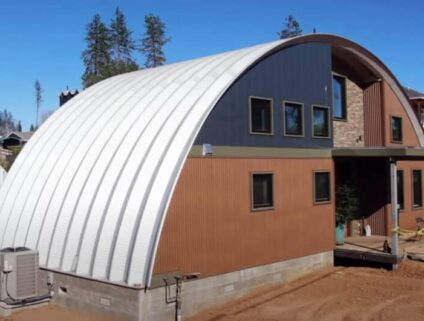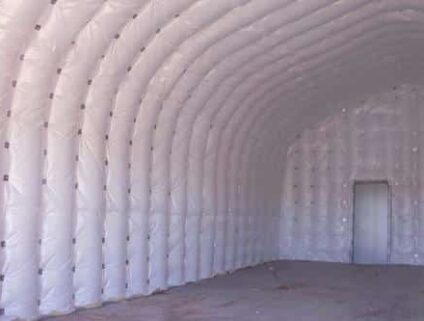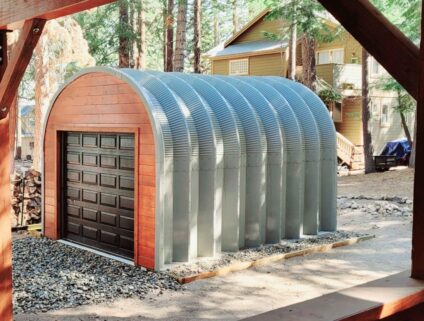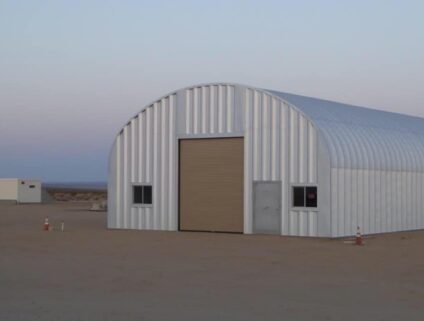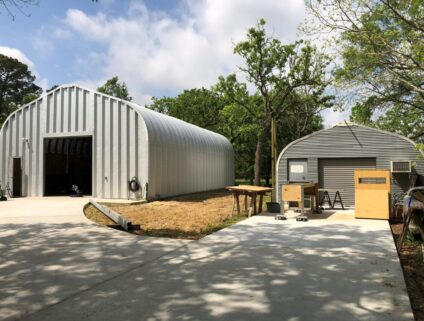Understanding Steel Gauge: The Key to Gauging Strength and Durability
When it comes to selecting the right building materials, understanding steel gauge is crucial. The term “gauge” refers to the thickness of the steel, and it plays a significant role in determining the strength, durability, and performance of a structure. The key to understanding steel gauge is understanding the inverse relationship between gauge number and thickness, where lower gauge numbers signify thicker, stronger steel.
In this blog, we’ll explain steel gauge, explain its importance, and show you how to gauge the thickness of steel for your next construction project. By the end, you’ll have a clear understanding of why the right gauge is essential for ensuring your building stands the test of time.
What is Steel Gauge?
Steel gauge is a standardized measurement that indicates the thickness of a steel sheet. Unlike most measurement systems, steel gauge operates inversely: the lower the gauge number, the thicker the steel. For example, 22-gauge steel is thicker and stronger than 29-gauge steel. This inverse relationship can often lead to confusion, but it’s a critical aspect to grasp when choosing construction materials.
Why Steel Gauge Matters
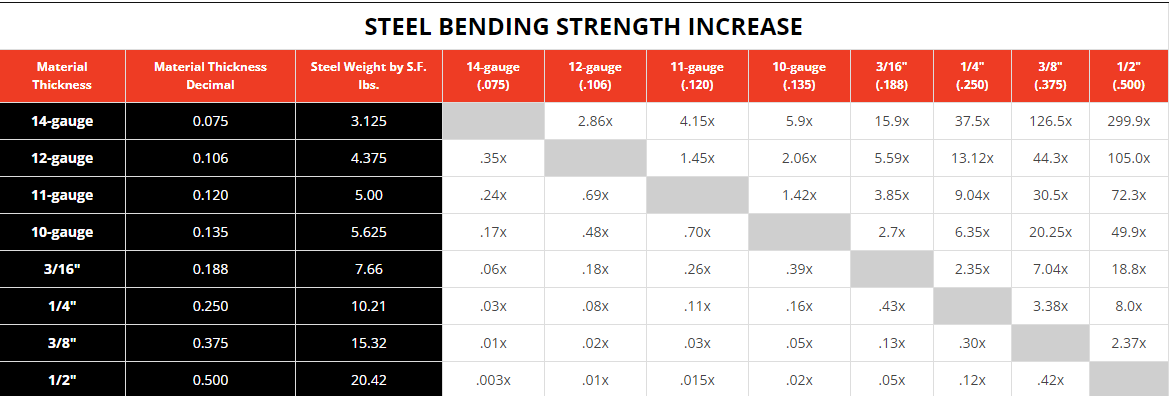
Understanding steel gauge is crucial, especially if you live in an area with heavy snow loads. Thicker steel (with a lower gauge number) provides greater strength and resistance to environmental factors such as wind, snow loads, and even impacts. Here’s why selecting the appropriate steel gauge is vital:
- Strength and Stability: Thicker steel offers superior strength and stability, which is crucial for buildings in areas prone to extreme weather conditions, such as hurricanes and tornadoes.
- Durability: Lower gauge steel is more durable, making it less susceptible to damage and wear over time. This means fewer repairs and replacements, saving money in the long run.
- Energy Efficiency: Thicker steel can provide better insulation properties, contributing to the overall energy efficiency of the building. This can lead to lower heating and cooling costs.
- Safety: Using the correct gauge ensures that the structure can safely support the loads it will encounter, reducing the risk of structural failures.
How to Measure Steel Gauge
To measure the thickness of steel, you can use a tool called a micrometer or a gauge wheel. Here’s a simple step-by-step guide:
- Micrometer: Place the steel sheet between the micrometer’s anvil and spindle, and tighten until it holds the sheet securely. Read the measurement directly from the micrometer’s scale.
- Gauge Wheel: Select the appropriate slot on the gauge wheel and slide the steel sheet into it until it fits snugly. The corresponding number on the gauge wheel indicates the steel’s gauge.
Why SteelMaster Uses 22-Gauge Steel
At SteelMaster, we understand the importance of using high-quality materials for building durable and resilient structures. Our buildings are constructed with 22-gauge steel panels, which provide superior strength and longevity. The 22-gauge panels are made of grade 80 standard steel and are protected by a Galvalume Plus coating, a dry, clear, organic resin that does not require painting or maintenance and helps reduce energy costs.
The SteelMaster Advantage
Not only are our buildings designed to withstand harsh conditions, including hurricanes, tornadoes, and fires, but they are also backed by one of the best warranties in the industry. We offer a 50-year, non-prorated manufacturer’s warranty backed by the steel mill, ensuring peace of mind for our customers.
Incorporating the right steel gauge into your construction project is crucial for building a structure that stands the test of time. With SteelMaster’s high-quality 22-gauge steel buildings, you can be confident that you’re investing in a durable, reliable, and long-lasting solution. Whether you’re building a residential home, a commercial space, or an industrial facility, SteelMaster’s expertise and superior materials will ensure your project’s success.
Ready to experience the strength and durability of SteelMaster buildings? Contact us today to learn more about our steel structures and how they can meet your construction needs.
Categories


